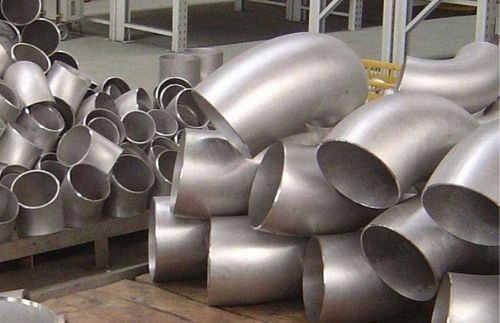
Silica gel is a versatile desiccant that finds applications across various industries and households. In this article, we will explore the uses, benefits, and precautions associated with silica gel.
What is Silica Gel?
Silica gel is a porous form of silicon dioxide, synthetically produced in granular or bead form. It is commonly used as a desiccant to absorb moisture.
How Does Silica Gel Work?
Silica gel works by adsorbing moisture from its surroundings. Its high surface area and affinity for water molecules make it an efficient drying agent.
Types of Silica Gel
There are different types of silica gel available in the market, each tailored for specific applications.
Indicating Silica Gel
Indicating silica gel contains chemicals that change color upon reaching moisture saturation, making it easy to determine when it needs replacement.
Non-Indicating Silica Gel
Non-indicating silica gel remains unchanged in color even after absorbing moisture. It is commonly used in applications where color change is unnecessary.
Applications of Silica Gel
Silica gel finds widespread use in various industries and everyday scenarios.
Moisture Absorption
Its primary function is to absorb moisture, preventing corrosion, mold, and spoilage in products ranging from electronics to pharmaceuticals.
Storage Preservation
Silica gel packets are often included in product packaging to maintain freshness and extend shelf life.
Humidity Control
Silica gel is utilized in humidity control systems to maintain optimal conditions in enclosed spaces such as closets, safes, and camera cases.
Benefits of Silica Gel
The use of silica gel offers several benefits across different sectors.
Reusability
Silica gel can be rejuvenated by heating it, making it a cost-effective and environmentally friendly option compared to disposable desiccants.
Versatility
Its ability to absorb a high volume of moisture relative to its weight makes it suitable for a wide range of applications.
Safety
Silica gel is non-toxic and inert, posing minimal risk to human health or the environment.
Precautions
While silica gel is generally safe to use, certain precautions should be observed.
Avoid Ingestion
Silica gel packets should be kept out of reach of children and pets, as ingestion can lead to choking or gastrointestinal blockage.
Avoid Inhalation
Inhalation of silica gel dust should be avoided, as it may cause respiratory irritation.
Dispose Properly
Used silica gel should be disposed of properly according to local regulations, especially if it has been in contact with hazardous substances.
Conclusion
Silica gel is a valuable tool for moisture control and preservation in various industries and household settings. Understanding its types, applications, benefits, and precautions can help maximize its effectiveness while ensuring safety.
FAQs (Frequently Asked Questions)
1. Is silica gel reusable?
Yes, silica gel can be reusable. Silica gel is a desiccant, meaning it absorbs moisture from the air to keep things dry. When it becomes saturated with moisture, it can be “recharged” by drying it out. You can do this by heating it in an oven at a low temperature (around 120-150°C or 250-300°F) for several hours until it is dry again. Once dried, it can be reused for its moisture-absorbing properties. However, it’s essential to ensure that the silica gel is suitable for recharging and doesn’t contain any indicators or materials that may be damaged by heat.
2. Is silica gel safe to use in food packaging?
Silica gel is generally considered safe for use in food packaging. It is commonly used as a desiccant to absorb moisture and keep packaged foods dry, which helps prevent spoilage and maintain freshness. Silica gel itself is non-toxic and chemically inert, which means it won’t react with the food it comes into contact with. However, it’s crucial to ensure that the silica gel packets are properly enclosed within the packaging and are not consumed accidentally, as the packets may pose a choking hazard. Additionally, some silica gel packets may contain indicator dyes or chemicals, so it’s essential to use food-grade silica gel that is specifically designed for use in food packaging. Always follow the manufacturer’s instructions and guidelines for safe usage.
3. How do I know when silica gel needs replacement?
Silica gel is typically used to absorb moisture in various products or environments. Over time, it can become saturated with moisture, reducing its effectiveness.
4. Can silica gel be recycled?
Yes, Silica gel can be recycled in some cases, depending on the specific recycling facilities available in your area and the type of silica gel being used.
5. Are there any alternative desiccants to silica gel?
Yes, there are alternative desiccants such as molecular sieves and clay desiccants, but silica gel remains one of the most widely used due to its effectiveness and affordability.






